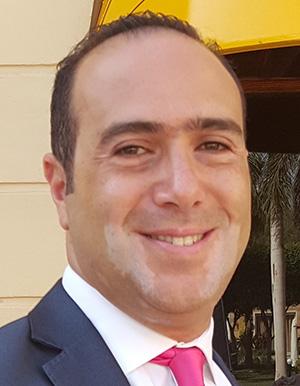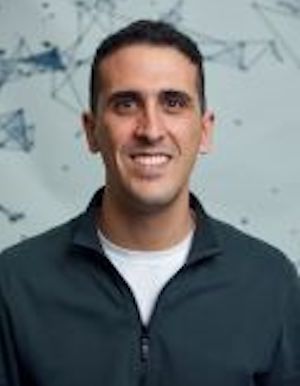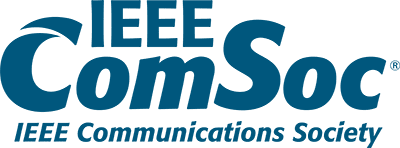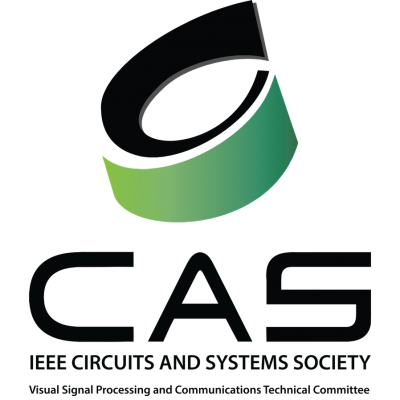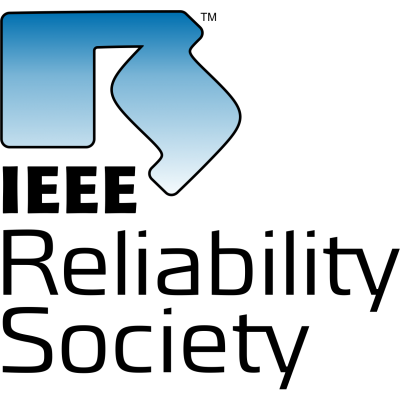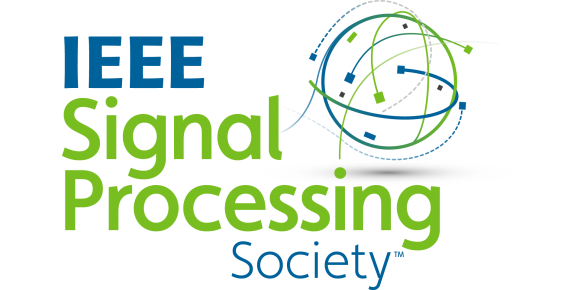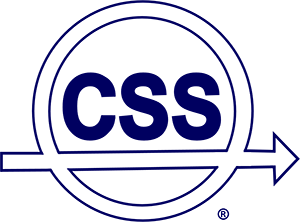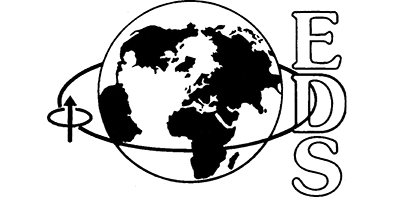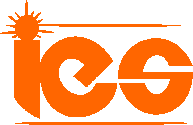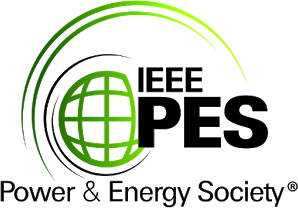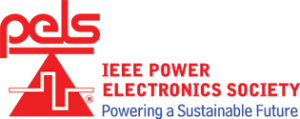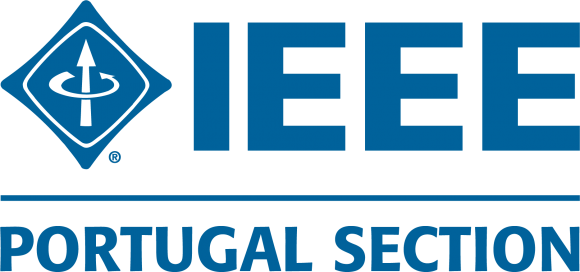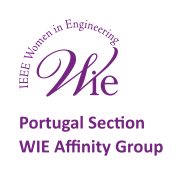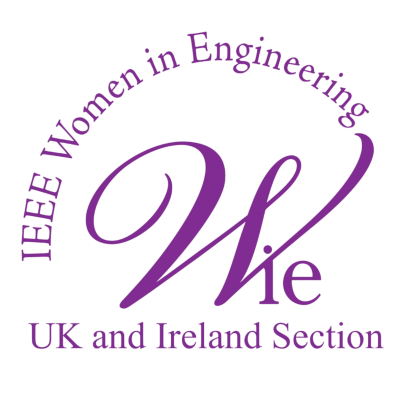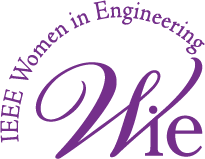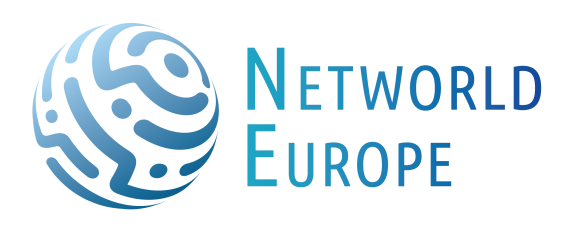Topical Track: Communications and Networking
Track ID: Topi-02
Description
Every day, we are seeing more devices getting connected to the Internet and getting connected to each other. Those connected devices are forming the overall global concept of Internet of Things (IoT). Every day, we see new IoT concepts and applications; however, it is very important to highlight here that those IoT applications are highly dependent on reliable connectivity and networking. Without reliable connectivity, IoT would not be possible. Whether those devices are collecting, processing, storing, or analyzing data at the process-level, edge, on premise or in the public or private fog/cloud, your IoT implementation will rely on fast, efficient, secure and reliable connectivity and networking. It is imperative that we envelop new applications with such capabilities. Moreover, currently, we are seeing more and more integration between networking and computing. They go hand in hand together currently, with the cloud and edge concepts.
5G networking has matured, and we are currently seeing the birth of the new generation of networking, the so-called Sixth Generation (6G). The new chapter of networking, the 6G, is in its early stages, and huge amounts of efforts are still required to mature such generation. The Communications and Networking track is dedicated to the development and research of future generations and concept of networking and communications. This track will bring together global experts from industry, government, and academia to discuss these topics in an effort to help move our world forward in its successful understanding and implementation of IoT. To discuss those and many other relevant topics, we bring together experts from a broad range of different environments and application settings to encompass different IoT verticals and topicals areas. Thus, this track solicits new original unpublished works targeting future generations of networking, with emphasis on the challenges facing communications and networking dedicated to IoT applications. Topics, include, but are not limited to, the following:
- Licensed and Unlicensed Spectrum: standards and regulations
- IoT role in 5G and 6G: technology, public/private networks, applications, deployments
- Connect & Compute in IoT, where it is: Edge-Fog-Cloud or all above?
- Cloud Edge Continuum (CEC)
- Heterogeneity in IoT: CPUs, GPUs, FPGAs and custom processors optimized for IoT applications
- Security, privacy and trust challenges in IoT
- AI-ML enabled IoTs, networking and communications, distributed and federated learning
- IoT network orchestration: challenges and opportunities
- Green IoT: energy efficiency and power consumption in IoT devices and networks
- Hot topics (panel discussions)
- 5G/6G and Wi-Fi -friends or foes in the enterprises IoT
- Wireless all the way – future of wired & optical networks in IoT applications
- Co-existence – the major trend in IoT (comm, application and deployment)
- Advances in antenna technology, signal processing, systems aspects of high bandwidth and high throughput communications for both terrestrial and space based networks
Sessions
Session 1: Beyond 5G and towards 6G. The 5G chapter is coming to an end, and we are already seeing the new chapter of networking and communications: The new generation of networks; the now called Sixth Generation (6G). This session will dive into the details and expectations of the upcoming 6G. The discussion will draw a picture of what the experts envision 6G to be. Speakers will concentrate on specifications that differentiate 6G from previous generations, in addition to their vision on the most relevant and breakthrough technologies expected to shape the 6G, and provide the innovation in future networks.
Session 2: Cloud, edge, and far edge / Cloud Edge Continuum. New advances in communication technology like the Internet of Things (IoT) are increasing the wireless data demand. Companies are looking into how to build a reliable and efficient network. One pillar is where to carry out most of the connection and computation processes, either in the cloud, edge of far edge. This session will delve into the new trends, challenges and applications in cloud, edge, and far edge computation for IoT networks.
Session 3: Artificial Intelligence and Machine Learning in networking for IoT. Over the last years, we have been seeing more and more stringent requirements in current networks, mainly due to the huge increase in the number of connected devices, due to the nature of the newly adopted applications, many of which fall under the general area of IoT. Network engineers and designers have been exploiting all different available tools to be able to meet such stringent requirements. One of the most promising trends is AI and ML, which have been penetrating almost every aspect of our life, including innovation and enhancing our technologies. The session will discuss the role of AI and ML in current and future networking, concentrating on the scenarios and use-cases of IoT. Speakers will showcase the importance and benefits of AI and ML, their role in next generation networking, and how they are used to meet the requirements of IoT, from networking perspective.
Session 4: Advanced technologies in antenna design and transceivers. The ever-increasing demand of the Internet of Things brings the need of re-thinking the technologies for antenna and transceiver design. While traditional design methods did not care much about size and energy consumption, IoT relies on a small form factor to fit into small devices, as well as on a stringent energy consumption for an autonomous and a long lifetime. This session will gather experts from the industry and academia to introduce the new advanced technologies in antenna design and transceivers.
Session 5: Interoperability between cellular, wifi, space, satellite and optical. Internet of Things is composed of millions of devices located at multiple scenarios, carrying out a large variety of tasks and with diverse requirements in security, rate, range, latency, energy consumption, etc. This intrinsic heterogeneity in IoT requires cooperation among multiple existing wireless networks, from mobile cellular networks to WiFi, space or satellite networks, even considering optical wireless networks. This session will introduce insights in the interoperability between cellular, WiFi, space, satellite and optical networks to satisfy the current and future IoT demands.
Chairs
Ayman Radwan: Universidade de Aveiro, Portugal
Ayman Radwan is an Assistant Professor with the University of Aveiro, and a Senior researcher with the Institute de Telecomunicações, Aveiro, Portugal. Radwan received the M.A.Sc. degree in systems and computer engineering, with emphasis on DSP from Carleton University, Ottawa, ON, Canada, in 2003, and the Ph.D. degree in electrical and computer engineering, focusing on wireless networking from Queen University, Kingston, ON, Canada, in 2009. He is intensively active in EU projects. He has acted as the coordinator of multiple EU joint research projects, with International partners. He is currently coordinating the EU project CELTIC-NEXT SAFE-HOME, with emphasis on eHealth, and energy efficient fog-cloud networking. He was involved in multiple successful proposals, raising more than 2M$ in funding for his own institute. He has more than 150 published highly cited peer-reviewed articles. His research interests include network architectures (specifically 5G and beyond), fog-cloud networking, IoT, and eHealth. Dr. Radwan is currently acting as the Secretary of the IEEE eHealth TC.
Borja Genoves Guzman: University of Virginia, USA
I am a Marie Curie postdoctoral fellow in the Electrical and Computer Engineering Department at the University of Virginia, USA (2023-present). I completed a PhD in the University Carlos III of Madrid (UC3M) in 2019 with the maximum grade and the cum laude recognition. During the PhD studies I obtained two FPU mobility grants to work as a visiting scholar in Southampton University and The University of Edinburgh (each for 3 months). After my PhD studies, I joined in 2019 IMDEA Networks Institute as a postdoctoral researcher to work in VLC for low-power Internet of Things and battery-free scenarios. In 2020 I was awarded by Ministry of Science, Innovation and Universities (Spain) with a competitive grant whose aim is to support early-stage researchers until mid-2022 (Juan de la Cierva – Formación grant). From January 2023, I am a Marie Curie postdoctoral fellow (project name: RISA-VLC). During the outgoing phase of the fellowship (Jan 23 – Dec 24) I am working at the University of Virginia (USA), and the return phase (Jan 25 - Dec 25) of the MSCA fellowship will be at the UC3M (Spain). The objective of the project is to design RIS-based LiFi for enabling autonomous IoT devices, studying the boundaries on communication and energy harvesting. I have participated in several European, national and regional projects. I have published in top international journals and conferences of the communication domain. My research interests include visible light communication, Internet of Things, low-power wireless communications and mobile communications. I am co-founder of Sensory-Fi Ltd (LiFi4Food product), a startup providing IoT solutions for precision agriculture.



